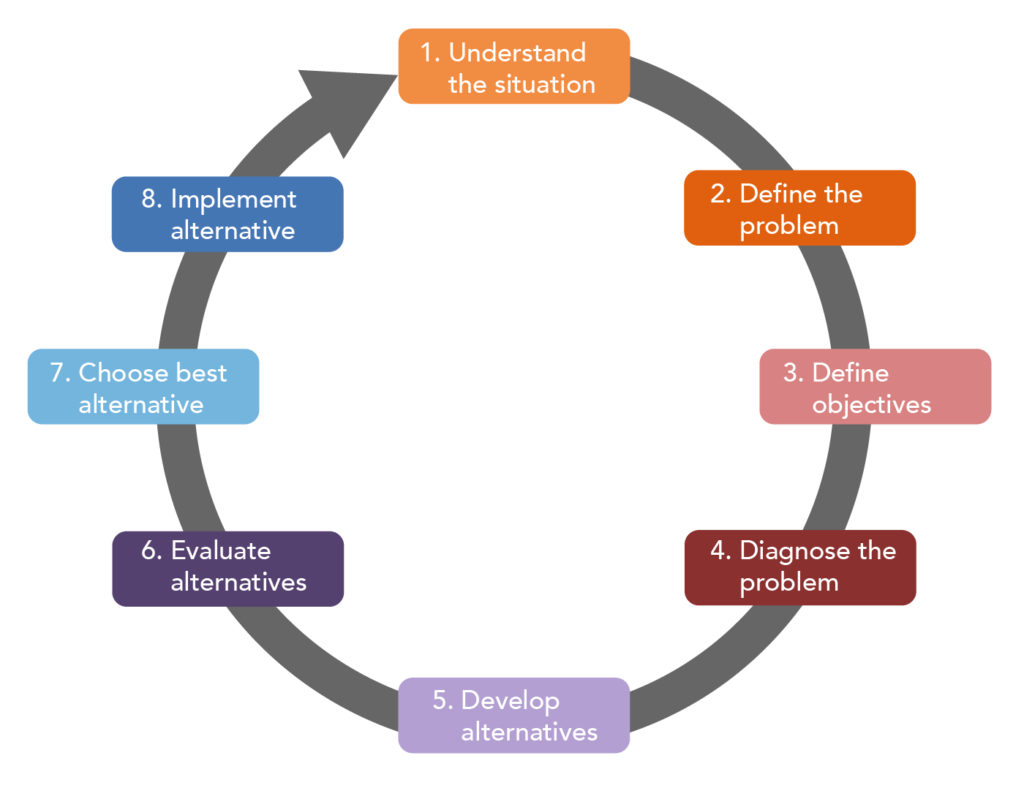


Bandura distinguished two distinct types of goal-related expectations: self-efficacy and outcome expectancy. Self-efficacy refers to a person's expectation or confidence that he or she can master a behavior or accomplish a goal an individual has different levels of self-efficacy depending upon the behavior or goal in question. The construct of self-efficacy was proposed by Bandura in 1977, in connection to social cognitive theory. The theory of planned behavior suggests that people are much more likely to intend to enact certain behaviors when they feel that they can enact them successfully.Īlong with attitudes and subjective norms (which make up TRA), TPB adds the concept of perceived behavioral control, which grew out of self-efficacy theory (SET). That perception varies by environmental circumstances and the behavior involved. In other words, perceived behavioral control is behavior- or goal-specific. Perceived behavioral control involves the perception of the individual's own ability to perform the behavior. Perceived behavioral control refers to the degree to which a person believes that he or she can perform a given behavior. Because behavioral intention cannot be the exclusive determinant of behavior where an individual's control over the behavior is incomplete, Ajzen introduced TPB by adding to TRA the component "perceived behavioral control." In this way he extended TRA to better predict actual behavior. Research, however, shows that behavioral intention does not always lead to actual behavior. Attitudes and subjective norms are highly correlated with behavioral intention behavioral intention is correlated with actual behavior. According to TRA, if an individual evaluates a suggested behavior as positive (attitude), and if he or she believes significant others want the person to perform the behavior (subjective norm), the intention (motivation) to perform the behavior will be greater and the individual will be more likely to perform the behavior. TRA was in turn grounded in various theories bearing on attitude and attitude change, including learning theories, expectancy-value theories, attribution theory, and consistency theories (e.g., Heider's balance theory, Osgood and Tannenbaum's congruity theory, and Festinger's dissonance theory). Icek Ajzen (1985) proposed TPB in his chapter "From intentions to actions: A theory of planned behavior." TPB developed out of TRA, a theory first proposed in 1980 by Martin Fishbein and Ajzen.

History Extension from the theory of reasoned action


 0 kommentar(er)
0 kommentar(er)
